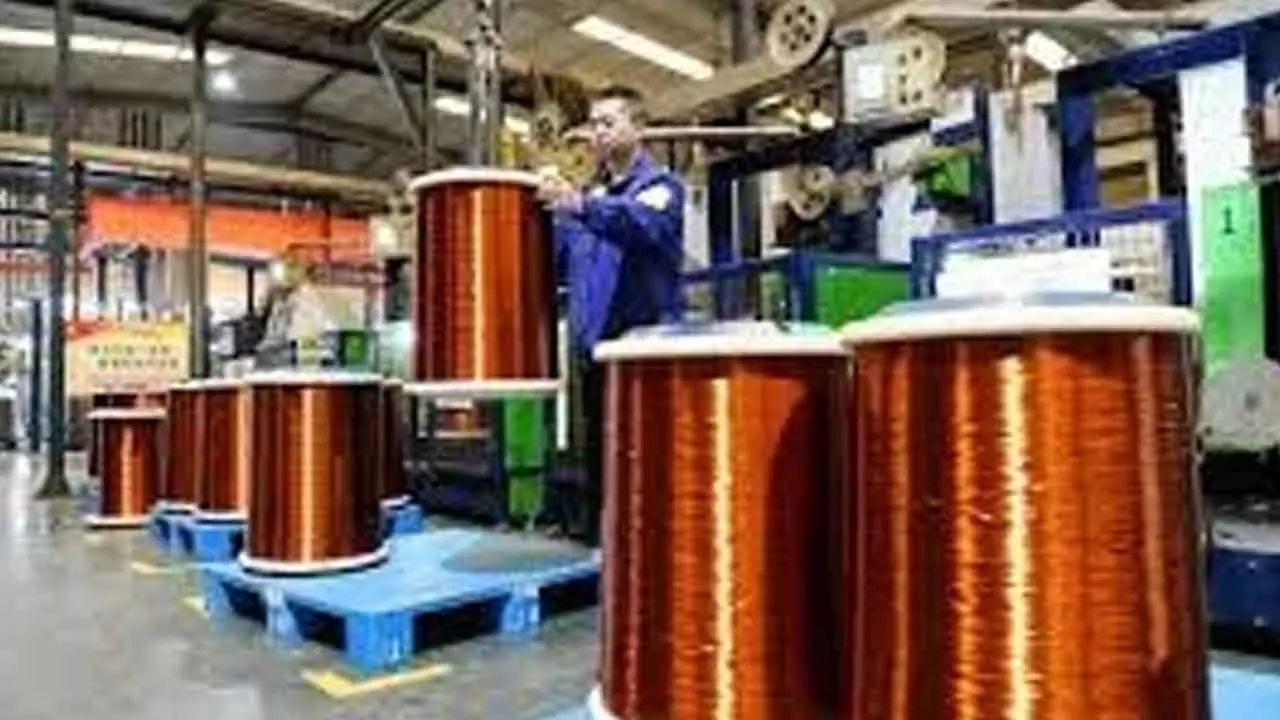Is World Running Out Of Copper Before Green Transition Takes Off?
Without urgent reforms in trade policy, industrial investment, and recycling infra, the global copper crunch could jeopardize the clean energy transition
Is World Running Out Of Copper Before Green Transition Takes Off?

Copper is essential for electric vehicles, renewable energy, artificial-intelligence infrastructure, data centres and smart grids. Yet supply isn’t keeping up. Global demand is set to rise over 40 per cent by 2040, but low ore grades, geopolitical risks and long development timelines – up to 25 years for new mines – pose structural challenges. Meeting projected needs would require 80 new mines and $250 billion in investment by 2030.
In its latest Global Trade Update, UNCTAD describes copper as “the new strategic raw material” at the heart of the rapidly electrifying and digitising global economy. But with demand set to rise more than 40 per cent by 2040, copper supply is under severe strain – posing a critical bottleneck for technologies ranging from electric vehicles and solar panels to AI infrastructure and smart grids.
More than just metal
“Copper is no longer just a commodity,” said Luz María de la Mora, Director of the International Trade and Commodities Division at UNCTAD.
Valued for its high conductivity and durability, copper is essential to power systems and clean energy technologies. It runs through homes, cars, data centres and renewable infrastructure.
Yet developing new mines is a slow and expensive process, and fraught with environmental risks – often taking up to 25 years from discovery to operation. More than half of global copper reserves lie in just five countries, namely Australia, Chile, Peru, the Democratic Republic of the Congo and the Russian Federation. But most of the value is added elsewhere. China now imports 60 per cent of global copper ore and produces over 45 per cent of refined copper. UNCTAD finds that many resource-rich countries are stuck at the bottom of the value chain, exporting raw materials but unable to industrialize. Tariff escalation – from under 2 per cent duties on refined copper to up to 8 per cent on other finished products like sheets and wires – can discourage upgrading.
Most major copper exporters also fall below the global average in economic complexity, underscoring the need for investment in infrastructure, skills and targeted trade policy. Meeting projected demand by 2030 could require $250 billion in investment and at least 80 new mining projects, according to UNCTAD estimates.
The Democratic Republic of the Congo holds some of the world’s largest copper reserves, yet most of the metal is exported, limiting the country’s ability to benefit fully from this valuable resource. The Democratic Republic of the Congo holds some of the world’s largest copper reserves, yet most of the metal is exported, limiting the country’s ability to benefit fully from this valuable resource.
Uneven geography, unequal gains
Over half of the world’s known copper reserves are concentrated in just five countries – Chile, Australia, Peru, the Democratic Republic of the Congo and Russia. However, much of the value-added production occurs elsewhere, particularly in China, which now imports 60 per cent of global copper ore and produces over 45 per cent of the world’s refined copper, says the UN.
This imbalance leaves many developing countries stuck at the bottom of the value chain, unable to fully benefit from their resources. (Agencies)

